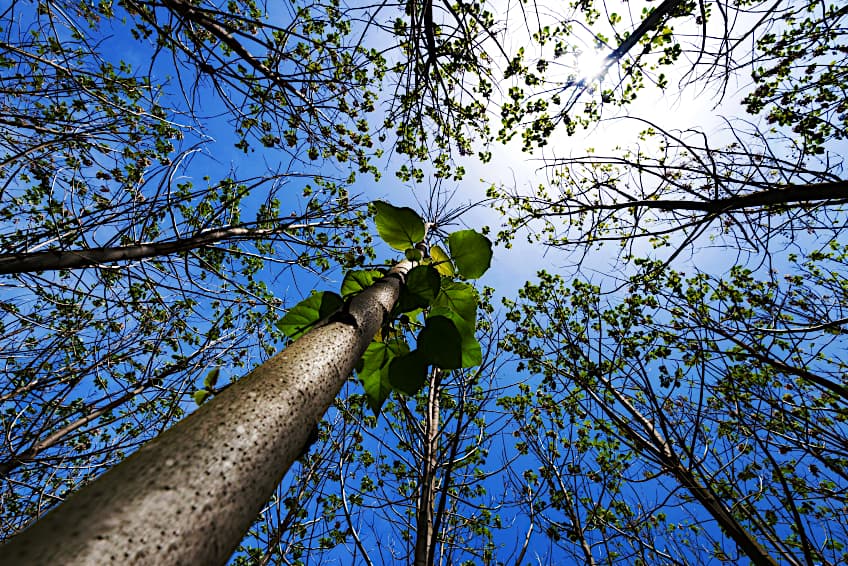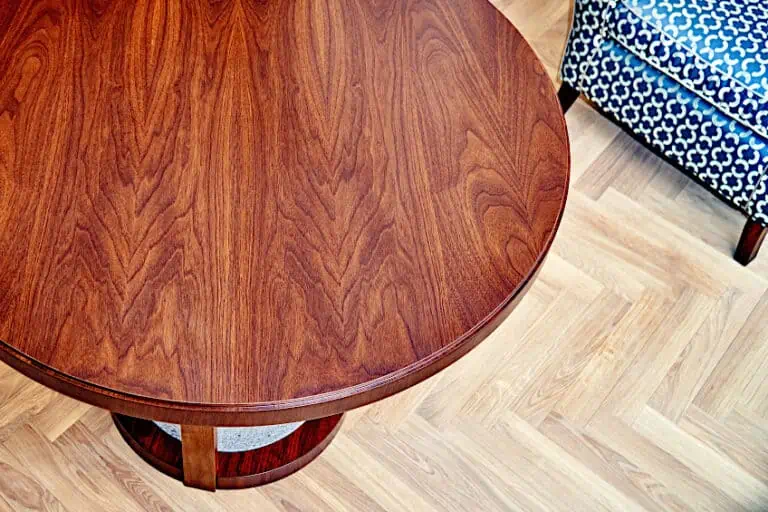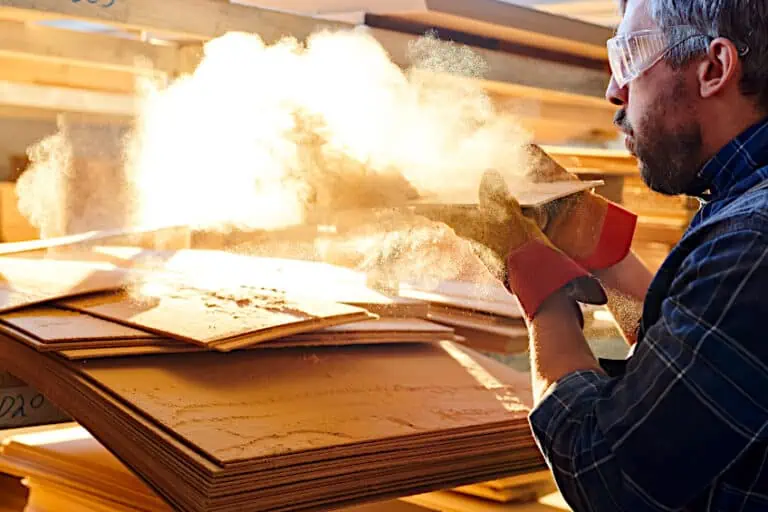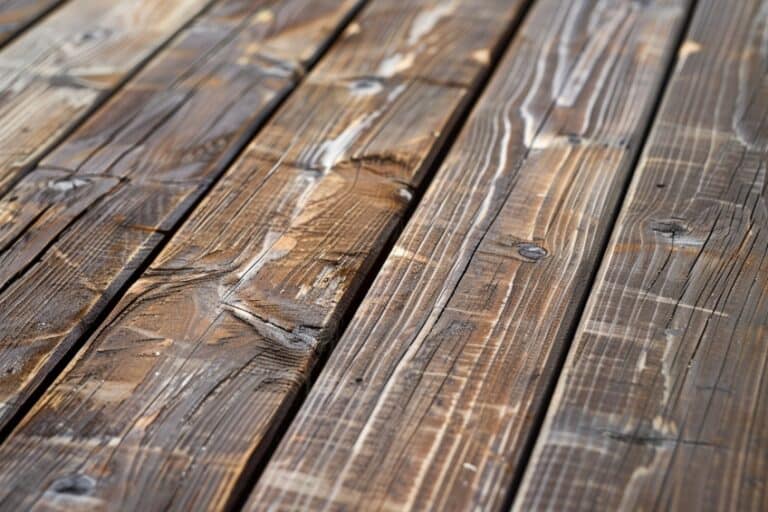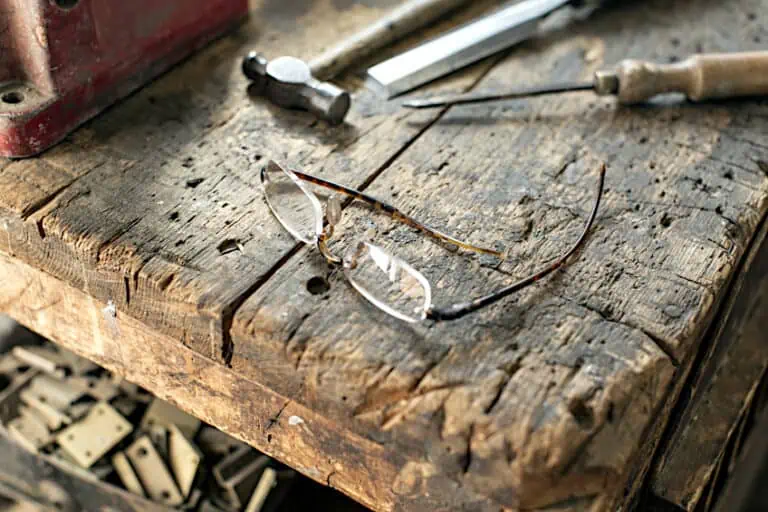Paulownia Wood – Get to Know the Wood of the Empress Tree
There are many species for you to choose from when choosing a wood for your next project. Local wood species like oak and pine are a great choice for most projects, but you might find yourself looking for a more exotic wood species If this is the case, you’ll have many choices, such as walnut, teak, or purple heart. There is one wood species that is exceedingly rare and offers great workability and durability for nearly any application you can think of. Even though it’s a remarkable wood species there are loads of people out there that don’t know much about this wood, that’s why we’ve created a short rundown detailing paulownia wood, its applications, strengths, weaknesses, origin, and overall characteristics.
Table of Contents
- 1 What Is Paulownia Wood?
- 1.1 How Does Paulownia Wood Grow?
- 1.2 What Color Is Paulownia Wood?
- 1.3 What Is the Grain and Texture of Paulownia Wood?
- 1.4 Is Paulownia Wood Porous?
- 1.5 Is Paulownia Wood Rot-Resistant?
- 1.6 Is Paulownia Wood Easy to Work With?
- 1.7 Is Paulownia Wood Toxic?
- 1.8 Is Paulownia Wood Readily Available?
- 1.9 Is It Sustainable to Harvest Paulownia Wood?
- 1.10 What Is Paulownia Wood Used to Make?
- 2 What Makes Paulownia Wood So Popular?
- 3 Frequently Asked Questions
What Is Paulownia Wood?
| Common name | Princess Tree, Royal Empress Tree, Kiri |
| Scientific name | Paulownia |
| Genus | Paulowniaceae |
| Distribution | China, Laos, Vietnam, Japan, Korea, North America (imported) |
| Tree Size | 98ft |
| Average dried weight | 18 lbs per cubic foot |
| Janka hardness rating | 300 LBF |
| Shrinkage | Radial: 2.4%; Tangential: 3.9%; Volumetric: 6.4%; T/R Ratio: 1.6 |
| Modulus of rupture | 5,480 LBF |
| Elastic Modulus | 635,000 LBF |
| Crushing strength | 3,010 LBF |
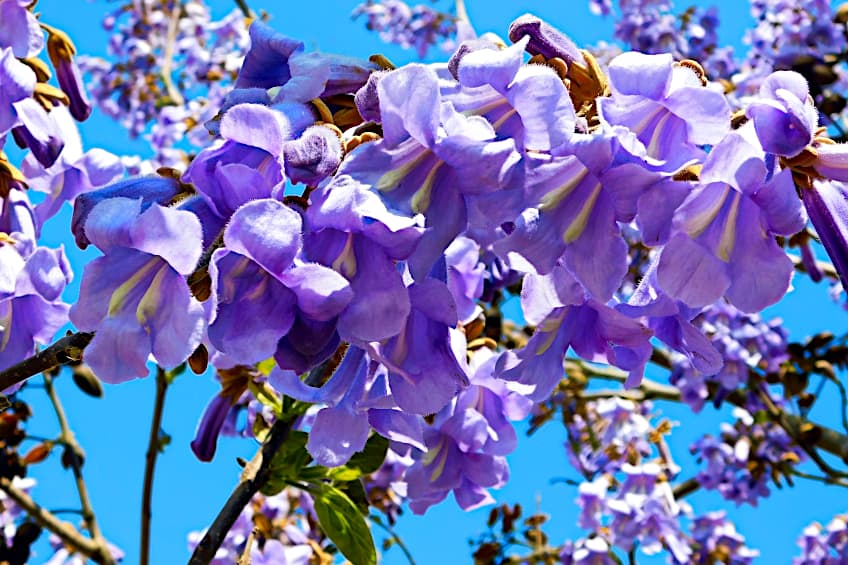
What is paulownia wood? Paulownia wood actually refers to a species of around seven trees that are grown in and around Asia and some parts of Europe. Primarily these are found in regions of China, Vietnam, Laos, Japan, and South Korea, which have seen them being used for their durability and beauty. Even their fruit’s exterior can be used to create biodegradable packaging for various products, which is pretty cool.
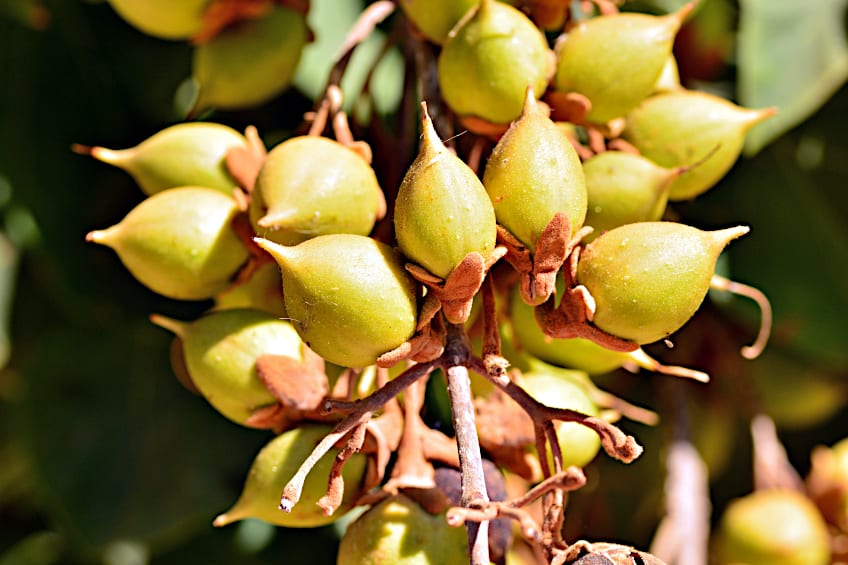
Even though they were dumped at most major ports around the world this particular species of tree is not especially popular in the United States as its fruits and overall appearance can be a bit unsightly, especially to western tastes. Due to how rare this tree is in the US, some forestry services consider it an invasive species, but it has not been dubbed so officially on a federal level, which is good considering how versatile and hard-wearing it is.
In Europe, these trees are not considered invasive at all. In fact, this tree has been called the “princess tree” in honor of the queen consort of the Netherlands Anna Paulownia, which is strange considering that she is best known for trying to uphold traditional Russian values (as a Russian native) in the Netherlands, even though she was now in service of the state.
How Does Paulownia Wood Grow?
Most tree species that are native to Asia tend to prefer lush, fertile soil in order for them to grow and spread, but this is not the case with Paulownia wood. Unlike most tree species, this tree produces around 20 million seeds per year, which need dry, nearly barren, soil in order to grow and spread the genus. Therefore, mountainous regions that experience frequent wildfires or excessive exposure to sunlight are often littered with this tree species and other fauna like it.

The strange thing about Paulownia trees is that even though they are capable of (and even depend on) dire conditions in order to grow and spread, they are quite susceptible to things like rot and insect infestation, which is why they were and aren’t used for the construction of tools or vessels that will regularly be in contact with excessive moisture or humidity.
Their aversion to moisture can be attributed to a widely spaces grain structure, which can be cavernous in larger specimens. This sparse wood grain structure means that the wood itself isn’t very dense, which makes it pretty lightweight, and coupled with its aversion to moisture makes it particularly brittle as well. This makes it an excellent firewood, but not particularly well suited for construction applications.
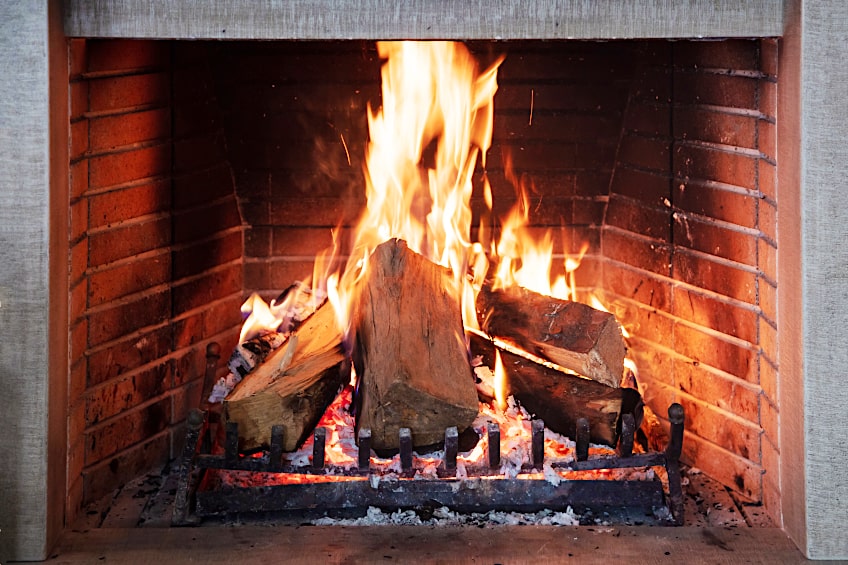
How long does paulownia wood take to grow? Paulownia is one of the fastest-growing hardwood species in the world. Most trees are capable of growing to their full size within the span of 10 years, which is great considering that they’re able to grow in conditions that are less than favorable to most species of plant life.
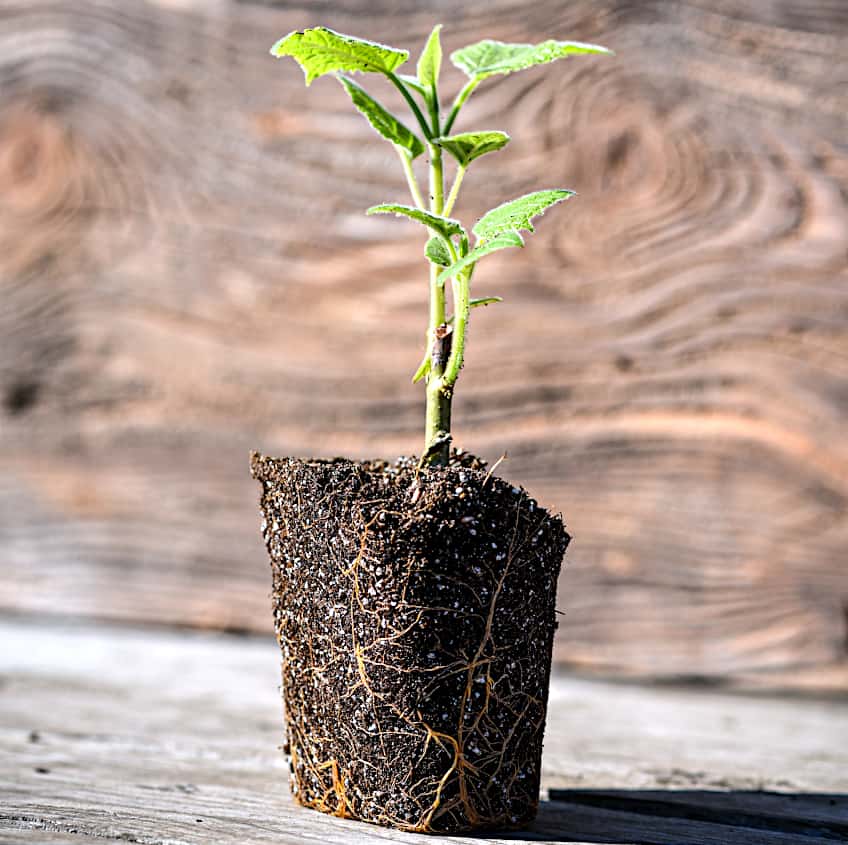
What Color Is Paulownia Wood?
In regard to color and overall appearance, Paulownia wood is unique. While most wood species tend to have a reddish-brown heartwood with a sapwood that is a lighter variation of this color (or just plain white) Paulownia wood has a unique color to it, which tends to be a greyish brown with a purple or red hue underlying color. This makes the wood quite distinct and can be quite shocking to see if you’ve never encountered it before.
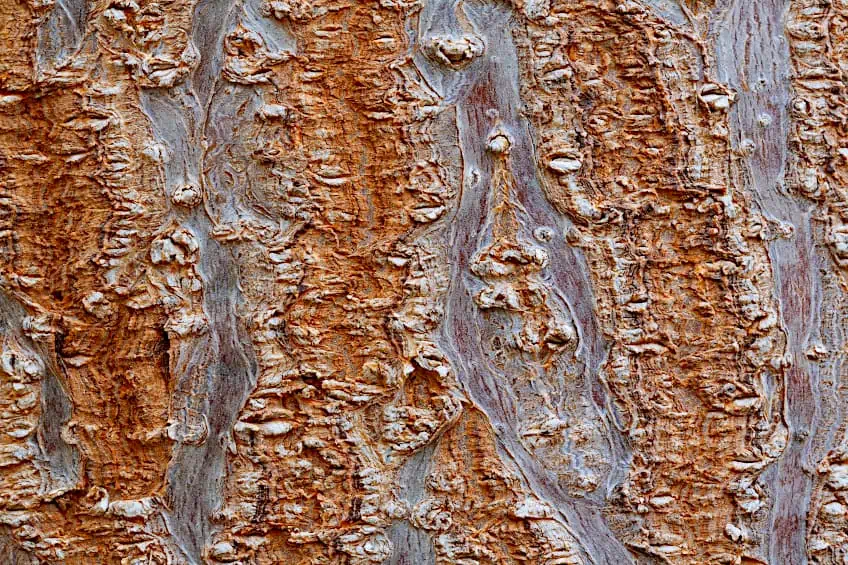
If you’re in the field and would like to keep a look out for paulownia lumber, you can spot it not only by looking out for the body of the tree but by its leaves, flowers, and seed pods. The leaves of a paulownia tree can vary considerably depending on the specific species you’re looking at, but they are typically conventionally shaped, green, and have teeth on the outer margins.
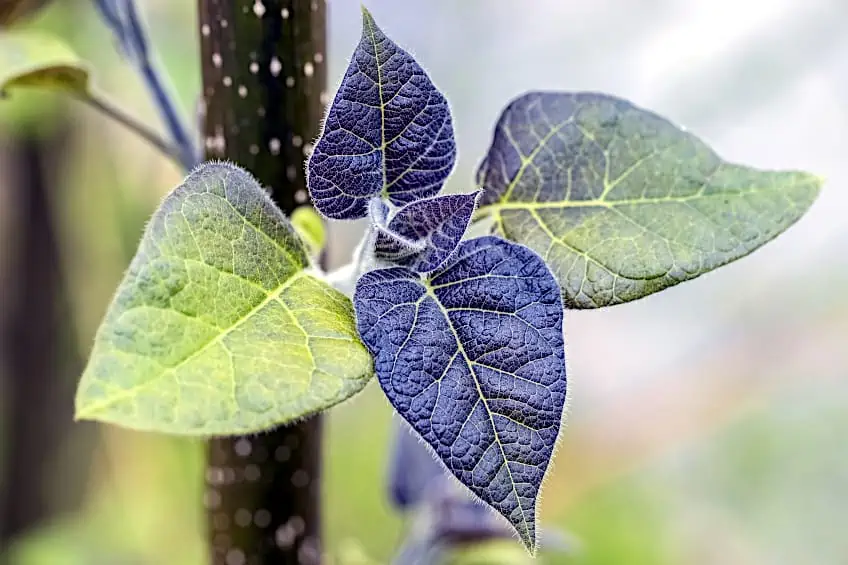
Since the leaves on paulownia trees tend to grow later on in their life cycle you might have better luck identifying them by their seed pods. These typically present themselves a bit earlier depending on the specific type of paulownia you’re dealing with, but they’re almost always a purple/brown color and resemble the shape of a water droplet.
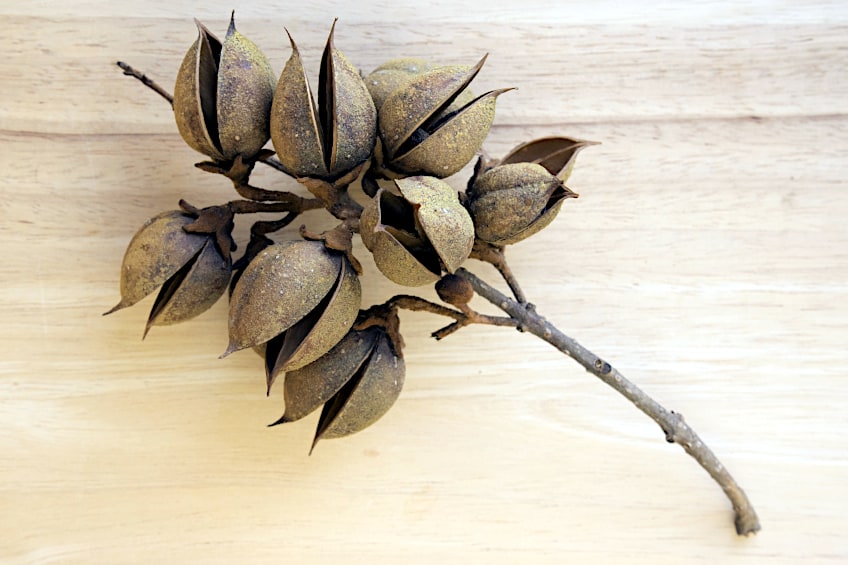
This look is fairly common among tree species that are lightweight and porous, but it’s pretty difficult to get paulownia mixed up with other tree species. Considering where they grow, their color, their indigenous region, and their unique life cycle, paulownia wood is easy to find if you know where and what you’re looking for.
What Is the Grain and Texture of Paulownia Wood?
The grain of any wood is important for a number of reasons. One is that dictates what applications the wood can be used for aesthetically. Wood species with a straight grain are used for large furnishings with a natural finish because they allow the viewer’s eyes to follow the contours of the workpiece, and they present a more “put together” aesthetic overall.
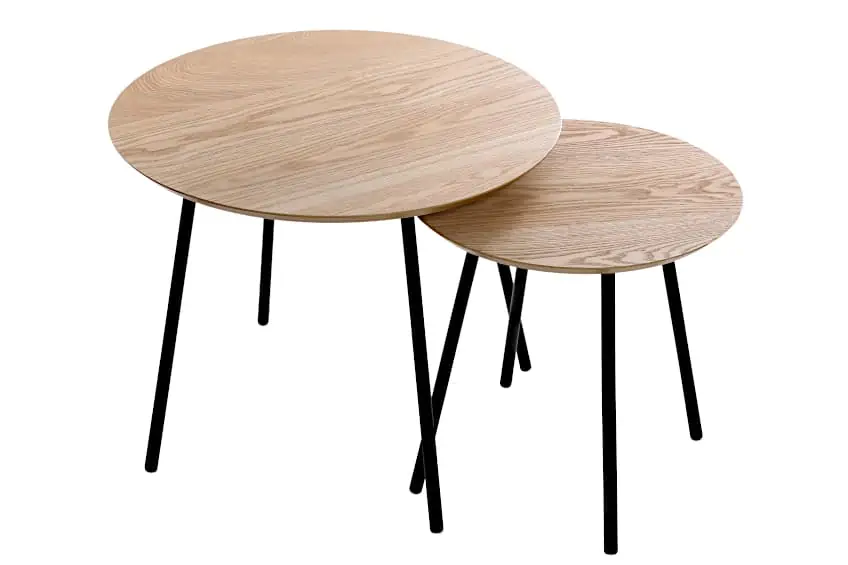
The grain structure of Paulownia lumber is typically straight, which makes it a good wood for furniture creation, but since it’s lightweight and brittle you won’t find many big furniture pieces like couches or bed frames made of the wood species. It does look really good though, and its easy to treat so you’ll be able to find loads of coffee tables, bedside tables, shelving, and entertainment units made of this wood where it is commonly grown and cultivated.
There are many different wood grain structures out there because different trees have developed different grains to survive in different environments. Most hardwood species used for furnishings have a straight grain pattern (like paulownia lumber) and others have spiral grain, interlocking grain, wavy grain, or irregular grain, which are cool in their own way and make for interesting workpieces.
The texture of the wood is important too, for both application and aesthetics. The texture of paulownia wood is coarse, which gives it a rough feel. This makes it a great choice for cabin furnishings like countertops, chairs, railings, and trim pieces. If you’re in the market for a more finished look you might want to consider a wood with a smoother texture like oak or pine.
Is Paulownia Wood Porous?
The porosity of a wood refers to the number of vessels and the frequency of said vessels on the surface of the wood board. Most wood crafters simply refer to these as wood pours, and all they are little holes present on the surface of the wood. What purpose do these holes serve? Well, when the wood is part of the tree, these serve to transport wood sap to different parts of the tree, a lot like blood vessels in your body.

When determining whether a wood has these pours and how frequent they are visually is called describing the porosity of the wood. Softwood species almost never have pores, but hardwood species like paulownia have tons of them. Paulownia in particular is very porous, which in combination with its sparely placed wood grain makes it really light and fairly brittle too.
What are the advantages of porous wood? When a wood is porous it means that things like insects and moisture can seep in easily, which isn’t great for outdoor furnishings. On the other hand, porous wood species are much easier to treat with things like tung oil, linseed oil, and even varnish and paint. All of these things prevent rot and decay, so it’s a bit of a give-and-take scenario.

When identifying the porosity of a wood species you need to look at the end grain. The end grain refers to the part of a tree trunk that becomes visible when you cut through the growth rings. You are now able to see the growth rings and overall grain pattern of the wood, as well as the wood’s pores, heartwood, and sapwood clearly.
Is Paulownia Wood Rot-Resistant?
In most instances, when a wood is very porous, it means that things like insects and unwanted moisture like to make the wood their home. However, paulownia wood is unique in that it is quite resistant to rot and decay compared to other hardwood species in its class. This is partially due to the sap content of paulownia trees, and the fact that it’s capable of growing in what many other tree species would consider inhospitable environments.
Paulownia wood has good weather resistance too since it doesn’t retain much moisture and it’s used to the sun and wind constantly beating down on it. This doesn’t mean that the wood is infallible though, as it has been known to attract a host of bugs and other critters looking to make its cavernous interior their home. However, this is quickly and easily avoided with some wood treatment and/or a good coat of paint.
Is Paulownia Wood Easy to Work With?
Even if a wood is readily available and affordable if it’s a constant uphill battle to work with you end up avoiding it. Thankfully, because paulownia wood is light and has a sparse grain structure it is really easy to work with. You could cut, saw, tap, and even join this wood all day with very little effort, which is why it’s used so often in regions of the world where its lumber is abundant.
One thing that you should keep in mind when working with certain species of paulownia is that they can have a really high silica content. Silica contributes to the longevity and durability of these trees, but it can also be really hard on your tools when cutting up paulownia board. It can cause blades and other tools to dull fairly quickly, so it’s best to keep your eyes out for instances of this board with excessive amounts of silica present in their makeup.
Is Paulownia Wood Toxic?
Even though wood generally isn’t toxic, there can be elements present within certain wood species that can make them hazardous to work with. Some wood species can release toxins when cut, burned, or if you’re exposed to them for long periods of time. A good example of this is sassafras, which can cause respiratory problems and even cancer in some cases.
Thankfully, paulownia wood does not have any toxicity associated with it at all. However, this doesn’t mean that you shouldn’t take precautions when working with. We recommend always wearing the appropriate personal protective gear when cutting tapping, and even transporting any wood to avoid potential injury and damage to your wood board.
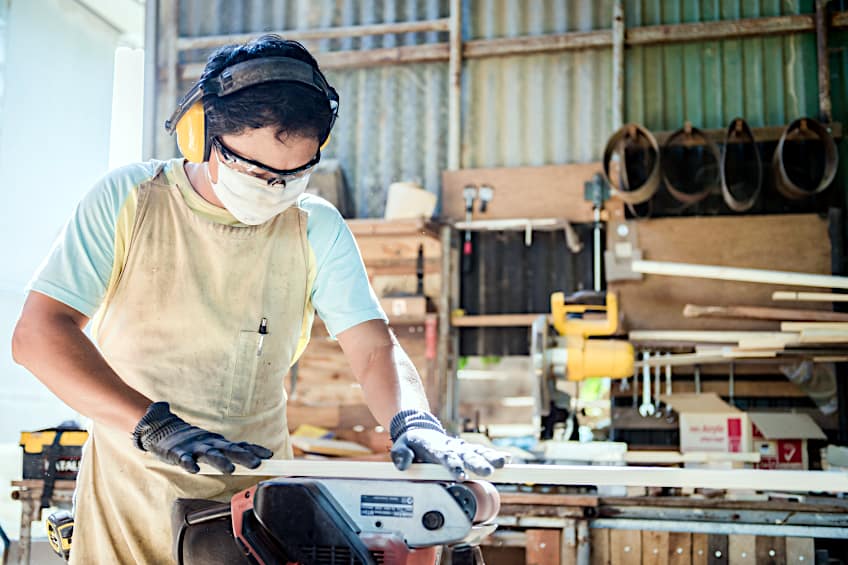
Is Paulownia Wood Readily Available?
Is paulownia wood readily available? Well, this depends on where you live and how much you’re willing to pay. Since paulownia wood isn’t grown and cultivated in the US, it needs to be imported and is typically only available upon ordering. This means that it is a rare wood, and thanks to import costs and storage, paulownia wood can get expensive.
However, if you’re able to find a supplier who keeps stockpiles of this wood on hand you might be able to negotiate a reasonable price if there isn’t much demand for it. There are plantations in the US that grow paulownia trees nearly exclusively for export to Japan, but these trees are rarely put on sale, if ever.
Is It Sustainable to Harvest Paulownia Wood?
Is the use of paulownia sustainable? Well, considering the fact that it’s not on any list of endangered species, it’s very much safe to harvest and use paulownia wood. This might be due to the fact that it can be fairly challenging to get your hands on a paulownia tree outside of Asia, and if you can, it’s likely to cost you a pretty penny.

However, like any other tree species, there are limits to how much can be harvested based on demand and the amount of wood that has been cultivated for future use. This being said, paulownia wood is responsible grown and used throughout Asia due to how unique and sought after it is not only in the region but in other parts of the world as well.
What Is Paulownia Wood Used to Make?
Paulownia is a unique wood. Unlike other hardwood species that rely on their density for strength, paulownia relies on the fact its rigidity to get the job done. Even though it wouldn’t be considered a bit strange to use paulownia as a structural wood in the United States, in Asia the wood is quite commonly found in structural applications and even in the construction of homes.
Considering its weight and rigidity, paulownia can also be used as a material to create musical instruments. In Japan, paulownia is used to make a string instrument known as a Koto, which resembles a guitar minus the neck, plus it can be played without being held! It can also be used to make furniture, ornaments, kid’s toys, and even packaging.
What Makes Paulownia Wood So Popular?
Even though paulownia wood isn’t really available in the US, it’s pretty popular in Asia and parts of Europe, and for good reason too. Paulownia wood is versatile, easy to work with, and relatively sturdy for a hardwood in its class. These characteristics are rarely seen together in a hardwood species, but there are many other reasons that this wood is popular besides its inherent perceived strength.
Growth Speed
As we’re sure you know, the rate that trees grow affects how quickly they can be harvested and therefore how quickly their wood can be processed and used to make things. Most hardwood species that are used for construction applications take decades to grow to a size where they can be ethically and feasibly cut down, but this isn’t the case when it comes to paulownia wood.
Paulownia trees grow extremely quickly, especially considering the conditions they tend to grow in. On average, a paulownia tree can reach up to 20 feet in just a year and can mature completely within the span of 10 years. This means that they can be grown and felled quickly, making them an exceptionally sustainable construction material.
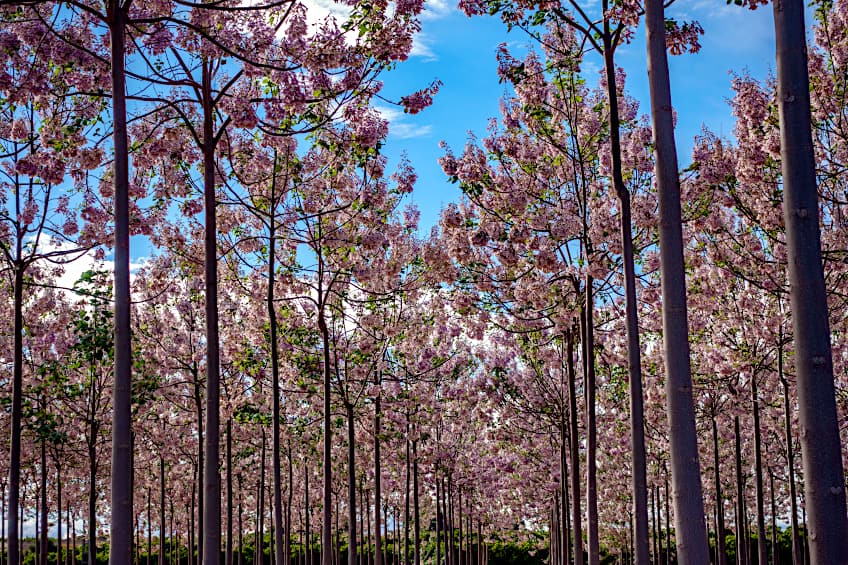
Good Durability
One might think that these trees would be brittle considering the conditions they’re grown in, but in reality, they’re quite sturdy. The roots of paulownia trees tend to stretch quite deeply into the earth, which makes them capable of withstanding strong winds and even the occasional rockslide. This physiology is ideal considering where they grow.
Paulownia trees tend to grow where other trees simply cannot, and even where entire forests have failed and fizzled out completely. Paulownia trees have even been found growing on hills and rock faces since they require so little nutrients and interaction with microbe-rich soil to thrive and grow to maturity.
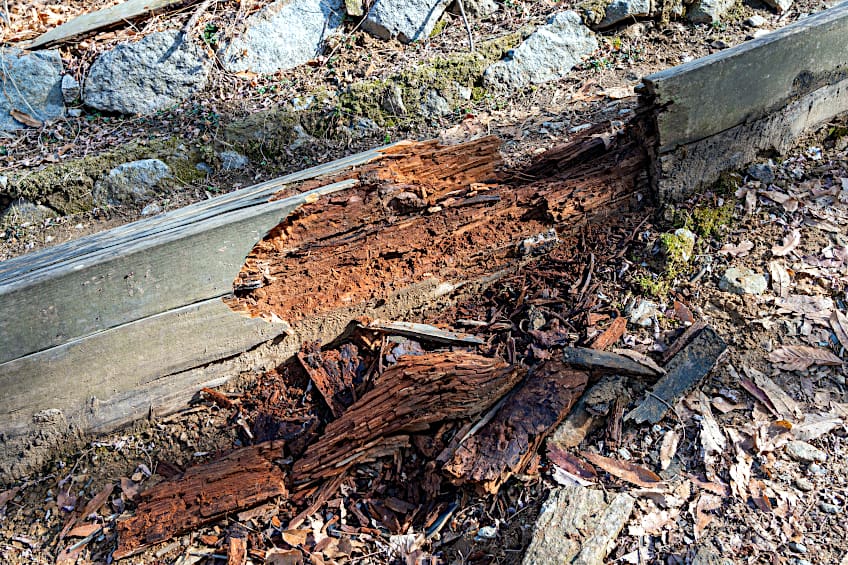
Free of Knots
Knots are the bane of any wood crafter’s existence. They make wood extremely difficult to work with and they make cutting tools dull quicker, not to mention that they can present an eyesore if your wood is going to be fashioned into a furniture piece. This being said, the fewer knots a wood has the better it is to work with overall, especially if its application is going to be aesthetic.
Thankfully, unlike some other hardwood species paulownia is virtually knot free, which means that not only is it easy to work with, but it won’t chew up your blades or make for unsightly furniture pieces. It should come as no surprise then that this wood has been used for over 1000 years in parts of the world where it is grown.
Extremely Robust
Previously, we mentioned that the porosity of wood is important when deciding on the application it will be implemented. Paulownia is rather porous, which in the case of most wood species would mean that it is highly susceptible to rot, decay, insect infestation, mold, and other kinds of invasive life that seek to use and/or consume the tree and its wood.
However, even though paulownia is very porous by hardwood standards, it is very robust. Not only are paulownia trees resistant to all manner of tree diseases, but they have a high tolerance for heat and even direct contact with open flames. This means that they’re a great option for constructing all manner of structures and outdoor furniture (although we recommend you treat them first).
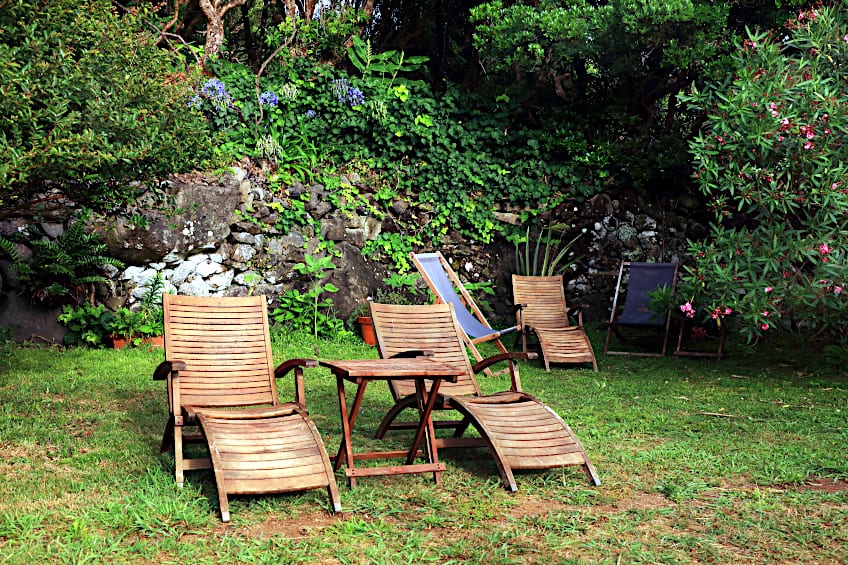
Good Insulator
Ever since our ancestors stopped living in caves, we have been looking for ways to keep the heat in on those cold winter nights. We have gone through loads of materials, but since wood is a good retainer of heat it’s still at the top of the list. Even in the age of electric blankets and space heaters, wood and some insulation materials are still used all over the world to keep us warm.

Paulownia wood is exceptionally good at retaining heat without catching fire. Loads of structures including homes and commercial buildings use paulownia wood as a primary means of insulation and rigidity in parts of Asia, which is great considering the demand for housing and the sustainable nature of the wood species.
Lightweight
Weight is an important characteristic of virtually any material used in construction. The lighter the material, the less dense it is, which means more of it can be used, and the easier it is to work with overall. The problem with most light materials is that because they aren’t very dense, they aren’t very strong either, which means they cannot be used for heavy-duty construction applications.

Paulownia wood is one of the very few exceptions when it comes to these characteristics. Although paulownia wood isn’t very dense it is quite rigid, which means that it is both lightweight and strong without the added problem of added weight. It has even been called the aluminum of wood, which is its metal equivalent in terms of weight and strength.
Versatile
As you can imagine there is quite a bit of use for a material that is both lightweight and strong. This wood has therefore been used in many industries all over the world to make our lives easier, keep us safe, and even get us from point A to point B comfortably. This being said, let’s have a look at some of the coolest applications for paulownia wood to paint a good picture of its versatility.
One of the most impressive applications of paulownia wood is its use in the construction of both aircraft and seafaring vessels. It can be used in instances where components need to be lightweight but still capable of soaking up the forces that would act on either of these vehicle types, and it does it quite well.

One of the biggest problems with overhead construction applications is getting your building materials to the desired height so they can be fitted. This is a problem if the materials themselves are quite heavy, but since paulownia is so light it can easily be hoisted overhead to construct things like roofing frames and even aqueducts.
One of the more down-to-earth applications of paulownia wood is in the crafting of utensils. Back in the day, metal cutlery was pretty expensive and as a result, people had to fashion their own out of wood. Paulownia wood’s strength made it a prime candidate for this application, and many crafters still make spoons, forks, and even bowls out of this wood species today.
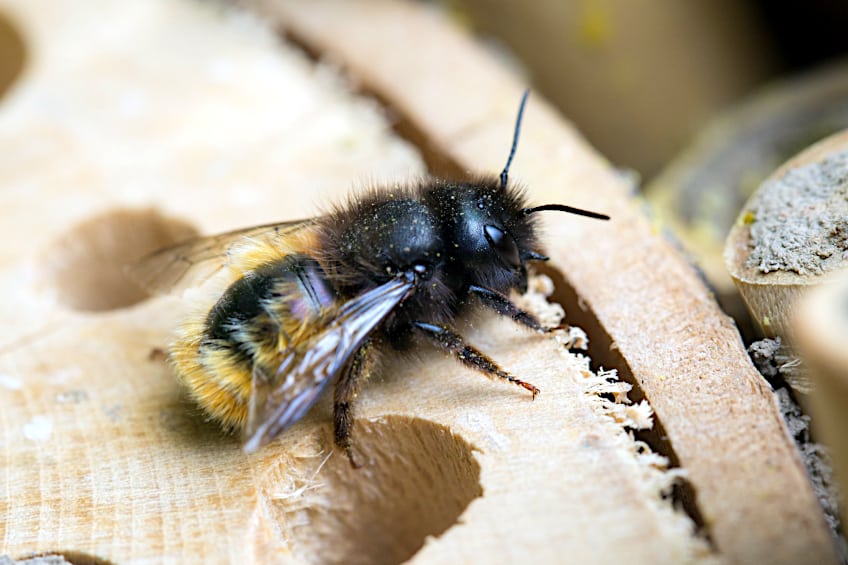
One of the more obscure applications of paulownia wood is in the construction of beehives. This is actually one of the oldest applications for paulownia wood as we have been harvesting bee honey for thousands of years as a species. Another application for paulownia wood that has been around for a while is the construction of wine barrels, as it has a high tolerance for acidic substances.
Now that you know what paulownia wood is, some of its key characteristics, where it is from, what it is used for, and why it is so rare in some parts of the world, it’s time for you to get out there and put your newfound knowledge to the test. Remember that every wood species has its pros and cons, and you should you should weigh them up carefully when choosing one for your next project.
Frequently Asked Questions
Which Is Better: Paulownia Wood or Pine Wood?
The paulownia wood vs. pine wood debate has been around for a long time, but primarily in parts of the world where one is less available than the other. Pine and paulownia share a lot of the same characteristics, but of the two, pine tends to be a bit more challenging to work with.
Is Paulownia Wood Good for Furniture?
Paulownia wood is both lightweight and strong, which means that it is a great choice for a number of applications including furniture production. Other applications for paulownia wood include the crafting of musical instruments and even aircraft components.
Is Paulownia Wood Safe?
There are wood species out there capable of releasing hazardous substances when they are cut into or exposed to certain conditions. Thankfully, paulownia is not one of them. This wood poses no potential harm to you aside from conventional safety precautions that need to be taken when working with, cutting, and/or installing wooden workpieces.

I have been into woodworking since 2005 and woodturning since 2011. Because of my love for wood and woodworking, I started woodhappen.com to teach other enthusiasts about how to finish and seal wood, the best woodworking tools, the different types of wood, and everything else related to woodworking! Read more about me here.

